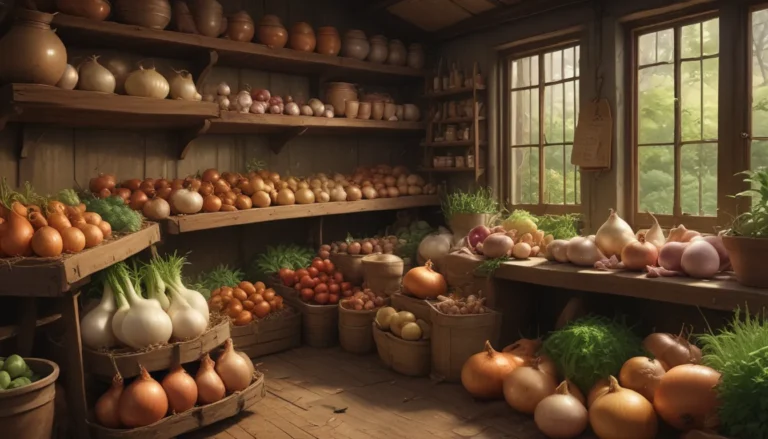Everything You Need to Know About Growing and Caring for Southern Magnolia Trees

Southern magnolia trees are the epitome of grandeur and beauty. Not only do they boast huge, striking flowers, but they are also evergreen, ensuring year-round beauty in your garden. In addition to their visual appeal, these trees are generally pest- and disease-free, making them easy to care for and maintain. Whether you live in the Southern United States or in a completely different climate, southern magnolias can thrive and add a touch of elegance to your landscape.
If you’re considering adding a southern magnolia tree to your garden, you’re in luck! In this comprehensive guide, you’ll learn everything you need to know about cultivating, propagating, growing, pruning, and maintaining these magnificent trees. Additionally, we’ll explore different cultivars to consider, discuss how to manage pests and diseases, and suggest the best uses for these stunning trees.
What You’ll Learn:
- How to Cultivate and the History of Southern Magnolia Trees
- Propagation Techniques
- Tips for Growing and Caring for Southern Magnolias
- Pruning and Maintenance Guidelines
- Recommended Cultivars
- Pest and Disease Management Techniques
- Best Uses for Southern Magnolia Trees
Cultivation and History:
Native to North America, specifically the southeastern United States, southern magnolia trees can be found in states such as Alabama, Florida, Georgia, and more. They thrive in warm temperate or semi-tropical climates, reaching heights of up to 80 feet or more. These trees are known for their large, glossy leaves and fragrant, showy flowers, making them a popular choice for home gardens, commercial areas, and parks.
Propagation:
Southern magnolia trees are relatively easy to propagate. They can be grown from seed, but for more predictable results, consider propagating from cuttings. By following simple steps, you can create exact clones of the parent plant, ensuring consistency in size, shape, and growth rate.
From Cuttings:
- Take an eight-inch cutting from the tree in the spring.
- Remove excess leaves, leaving only the top two, and vertically cut them in half to reduce tissue.
- Dip the cutting in rooting hormone and plant it in a container with seed starting medium.
- Keep the soil moist and place the pot in a partially sunny area until roots develop.
- Transplant the cutting into the ground once it has established roots.
Growing Tips:
- Southern magnolias thrive in full sun to partial shade.
- Maintain even moisture, especially for young trees, and provide adequate drainage.
- Apply mulch around the base to retain moisture and reduce weed competition.
Pruning and Maintenance:
- Prune lower branches that obstruct walkways or touch the ground.
- Remove branches with tight crotches to prevent breakage.
- Prune in late winter or early spring to avoid frozen wood.
Recommended Cultivars to Select:
- ‘Bracken’s Brown Beauty’
- ‘D.D. Blanchard’
- ‘Edith Bogue’
- ‘Goliath’
- ‘Kay Parris’
- ‘Green Giant’
- ‘Little Gem’
Each cultivar offers unique features, such as different flower sizes, foliage colors, and growth habits, allowing you to select the perfect magnolia tree for your garden.
Managing Pests and Disease:
- Watch out for borers and scale insects that can target southern magnolia trees.
- Use appropriate insecticides or introduce beneficial insects to control pest populations.
- Be aware of diseases such as verticillium wilt that can affect trees.
Best Uses for Southern Magnolias:
- Shade tree for home gardens, commercial areas, and parks.
- Ideal for streetside planting due to pollution tolerance.
- Suitable for use as screens, windbreaks, espaliers, and container plants.
No matter where you plant your southern magnolia tree, ensure proper spacing, drainage, and soil conditions to promote healthy growth and longevity. As a versatile and elegant tree species, southern magnolias offer year-round interest and beauty in any landscape setting.
Whether you’re a seasoned gardener or new to tree cultivation, growing and caring for southern magnolia trees can be a rewarding experience. Their stunning flowers, glossy leaves, and low maintenance requirements make them a popular choice for many gardeners. By following the guidelines outlined in this article, you can successfully cultivate and enjoy the beauty of these majestic trees in your own backyard. So, consider adding a southern magnolia tree to your garden and elevate your landscape with timeless elegance and grandeur.





